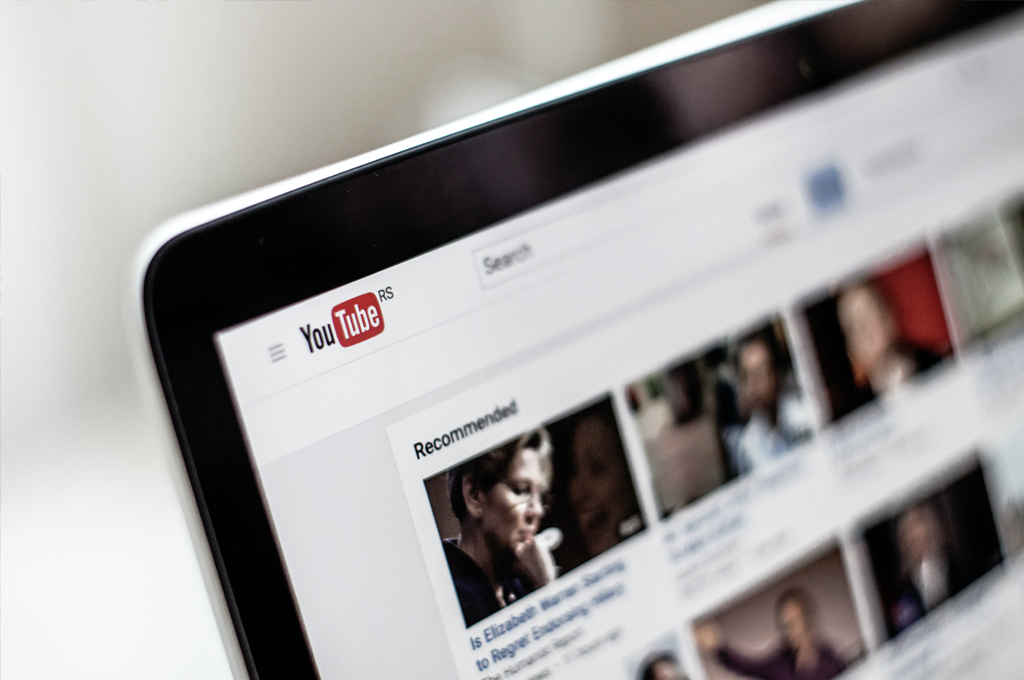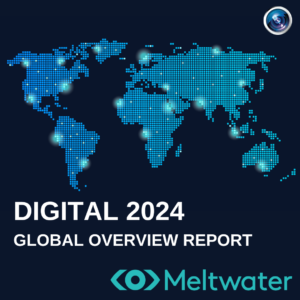Youtube has become a powerhouse for content creators, advertisers, and strategic marketers. Rightly so, with over 2 billion active users every month, swallowing up one-third of all internet traffic across the world.
Don’t let your jaw drop just yet. Youtube is also a lucrative way to earn a living, boasting more than a 40% year over year growth in channels earning over six figures. While it seems like a great idea to both jump on the creator bandwagon and to get your product/service in front of all of those eyeballs – the reality is a bit more complicated.
In this post, we will cover the basics of establishing a base for running future Youtube campaigns, the formatting guidelines for each campaign type, and dipping our toes into why the buyer’s journey can play a role in achieving a far higher return on your investment.
Let’s be clear before getting any further – video campaigns strategically involving Youtube and Google Video Partners(GVP) are not considered a low-cost investment. Once they are running, they can passively be managed, however, to get started, you may be looking at all of the costs relating to hiring video specialists like Business On Camera, vetting the freelancer route, or having a team produce a video internally – and that’s before even logging into Youtube.
What you need to get started with a YouTube video ad
Let’s keep this simple, here are a few things you will need to prepare to run a YouTube video campaign.
- A YouTube account.
- A complete video that can be uploaded on YouTube.
- A Google Ads account.
- Goals or objectives or why you are running a campaign.
- A set budget for how much you want to spend on the campaign.
Ad types
As Google and YouTube are both companies owned by the Alphabet Group, they have created a user-friendly process of identifying which ad-type best suits the specified objectives for the campaign. Here is a short breakdown of the ad types available for running a video campaign on YouTube.
- Skippable in-stream ads
- Non-skippable in-stream ads
These tend to be the most common ad formats available and any regular YouTube user has seen more than enough in-stream ads. Skippable in-stream ads offer the viewer to skip after the 5-second mark, whereas the non-skippable ads will continue to run without that option but can only be 15 seconds or shorter.
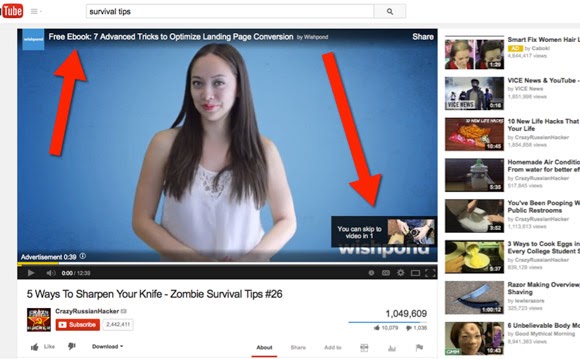
- Video discovery ads
This ad format offers the option to have your video featured at the top of search result pages, in the related videos on the sidebar of a video page, and featured on the mobile YouTube home page.

- Bumper ads
This another in-stream video ad that offers an alternative way to show an ad to a viewer. These are video ads that are played before, during, and after a video that cannot be skipped. This ad type is primarily used to show a short, memorable message to the viewer.
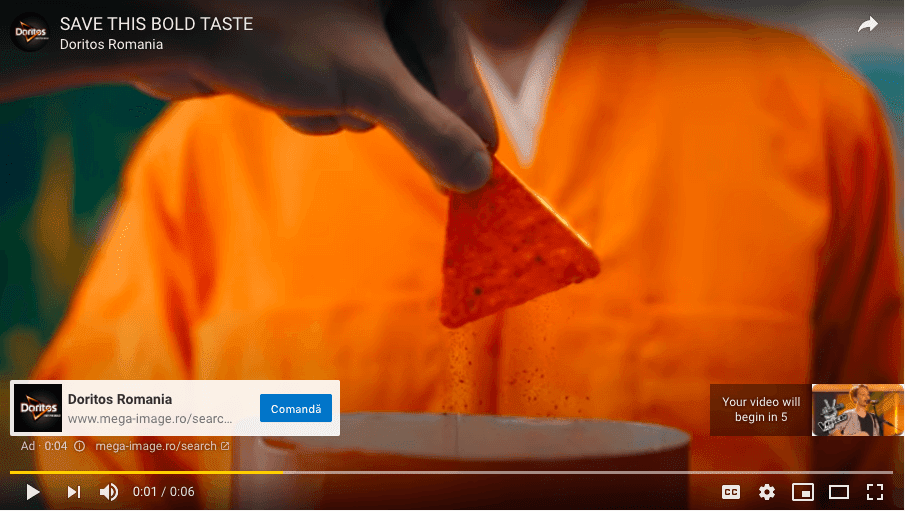
- Masthead ads
This ad type is great for promoting an event, release, or overall brand awareness. It offers your ad the option to be automatically played on the masthead of YouTube’s home page. These ad types are only available via a Google sales representative and is offered based on their schedule.
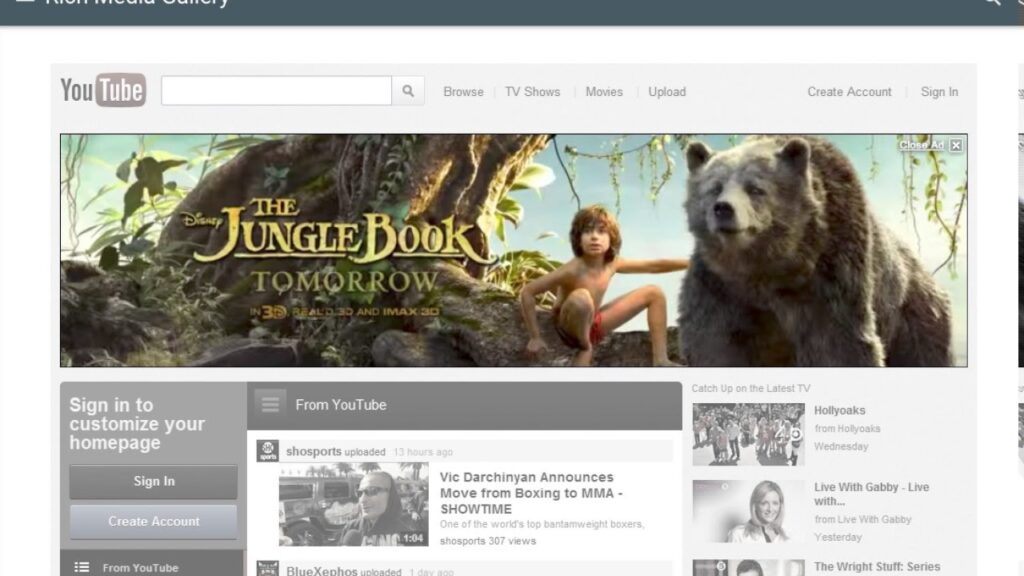
How are you charged?
In-stream skippable ads
- Using cost-per-view (CPV) bidding, you will pay whenever a viewer watches 30 seconds or more of your video.
In-stream non-skippable ads
- Using Target CPM bidding, you pay based on the number of impressions you specify in your Google Ad console.
Video discovery ad
- Uses cost-per-click (CPC) bidding, where you pay when a viewer clicks your thumbnail to watch your video.
Bumper ads
- Using Target CPM bidding, you pay based on the number of impressions you specify in your Google Ad console.
Masthead ads
- Since these ads are only available on a reservation basis, you will be charged on a cost-per-day (CPD) basis or a cost-per-thousand-impressions (CPM) basis.
Targeting methods for YouTube video campaigns
Audience specification is a crucial part of a video campaign for achieving the best ROI for your efforts. Google offers a wide range of targeting options, allowing your video to be shown to only to your target audience based on hundreds of variable affinities.
Google offers two primary categories of targeting options.
Audience Targeting
Demographics – age, gender, parental status, household income, traits such as college students, new home-owners or new parents.
Affinity Audiences – Select audiences who have already expressed a strong interest in specific topics based on their search history.
Life Events – Specify audiences based on custom events based on buyer behavior and search preferences relatable to milestones such as graduation, getting married, buying a new car etc.
In-market Audiences – Specify audiences based on their search behavior relating to education on specific products or services.
Custom-intent Audiences – Specify audiences based on what they are actively searching for based on typing keywords in Google’s search bar.
Video Remarketing – Select audiences based on their interacts with your videos in the past.
Website and App Remarketing – Select audiences who have interacted with your app and have visited your website. Based on audiences who have interacted with your brand in the past.
Similar Audiences – Use data from remarketing lists to show your ad to audiences based on similar attributes from your most valuable audience.
Content Targeting
Placements – Select channels, websites, blogs, apps, or placements within websites to target your ad to.
Topics – Select broad topics that search users are interested in, examples such as “real estate”, “automotive” or “recipes”.
Keywords – Select specific keywords that are relevant to your brand that you would like to show your video ad to.
Devices – Select the preferred device you would like to show your video ad to. Example: showing a mobile app download video ad only to mobile device users.
Publishing your ad on your Google Ads console
All of the options above are available to select through the publishing process on your Google Ads account. Simply log in to your Google Ads account and begin the process by specifying the video campaign option. Once you have uploaded the video you would like to run as an ad campaign, then you will be lead to the placement and targeting options.
Google Ads allows the marketer to specify how much they want to spend per day based on the video ad type. Whether is a CPM, CPC, or CPD, you can set parameters to ensure you do not overspend your ad budget. Once the ad is live, you can track impressions, click-throughs, and other valuable data to help you enhance future campaigns.


